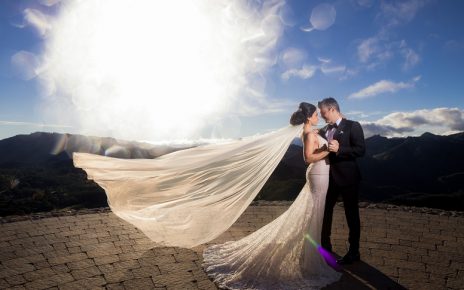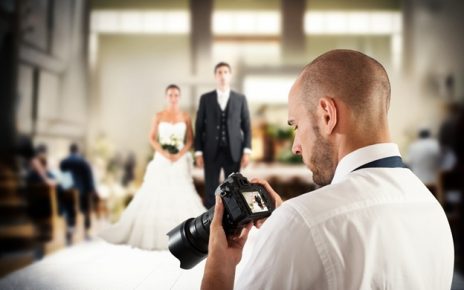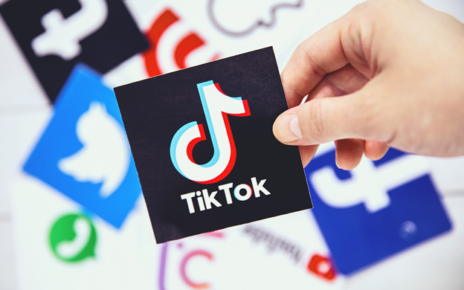Wedding photographers have a few wide-spread fears, like missing the kiss or tripping mid-ceremony. Many wedding photographers often have one fear that has nothing to do with photography and everything to do with turning a passion into a business: asking for money and setting those wedding photographer prices.
Asking for money feels strange — after all, your parents probably taught you that whining for a toy is rude and ungrateful. Factor in something you are passionate about, and setting wedding photography prices is enough to give some photographers the hives.
But wedding photography is valuable, and as such, you need to set a value for your work. If you can’t garner up the guts to charge for your work, you can’t make a living doing what you love.
Not sure where to start? Here are 3 tips to help you to determine how much to charge for wedding photography.
Set Your Goals
Understanding your purpose and what you hope to achieve helps you make the best decision for your business. And it helps you measure just how well you’re doing at meeting that goal.
Start your wedding photography pricing by determining the goals of your business. Maybe you have no intention of quitting your day job but want to have a secondary source of income doing something you enjoy. Perhaps you want to photograph weddings full time. Or maybe you want to photograph weddings along with portraits and other events.
The more specific you are with your goals, the easier they are to measure. There’s nothing quite like that feeling of realizing you’ve met, or even exceeded, a purpose.
These goals can also change over time too. For example, my first year photographing weddings, my goal was to save enough to have a robust gear kit while I still had a 9-5 job paying my bills. Setting concrete goals helps you keep the big picture in mind as you place your prices.
Know Your Value
Imagine you need a new smartphone. One option is $500; the other is $800. Which smartphone is better? Most will answer that the more expensive one is better. Like you’ll assume the more expensive gadget is, the better one, brides and grooms will generally consider the more expensive photographer is, the better one. Yes, there are couples on a tight budget looking for good value, but setting prices too low will give you a brand identity similar to the cheap smartphone brands.
That doesn’t mean you should set your prices crazy high and be done with it, however. You need to balance out your value with your geographic location, the quality of work in your portfolio, and your brand. But you do need to understand the value in your work before you ever try to put a number on it.
The price list you set will also reflect your brand. If you set low prices, your brand will be a budget brand. High rates, a luxury brand.
Estimate the Time Involved
Measuring the value of a wedding photographer that will grace a family’s walls for decades and be treasured enough to pass along through the generations is tough to do. To guide your decisions, estimate how much time you’ll invest in each wedding.
Yes, you’ll spend several hours photographing the wedding. But what many new photographers don’t realize until they’ve shot a wedding is how much more time is involved than just that actual wedding day. If you charge $1,000, you’re not earning $1,000 in a single day.
When estimating the time spent, in addition to the hours spent shooting, don’t forget to include time spent:
- Meeting with the bride and groom before the wedding;
- Creating and filing contracts and other paperwork;
- Shooting engagement photos, if included in the price;
- Traveling to the location;
- Uploading and sorting images;
- Editing image;
- Creating any deliverables such as prints or digital copies along with album design.
Wedding photography doesn’t end up being a single day’s work once you put everything together. While the answer varies a bit from photographer to photographer, for me, a full wedding package is closer to 30-40 hours of work than the ten spent on the actual wedding day.





